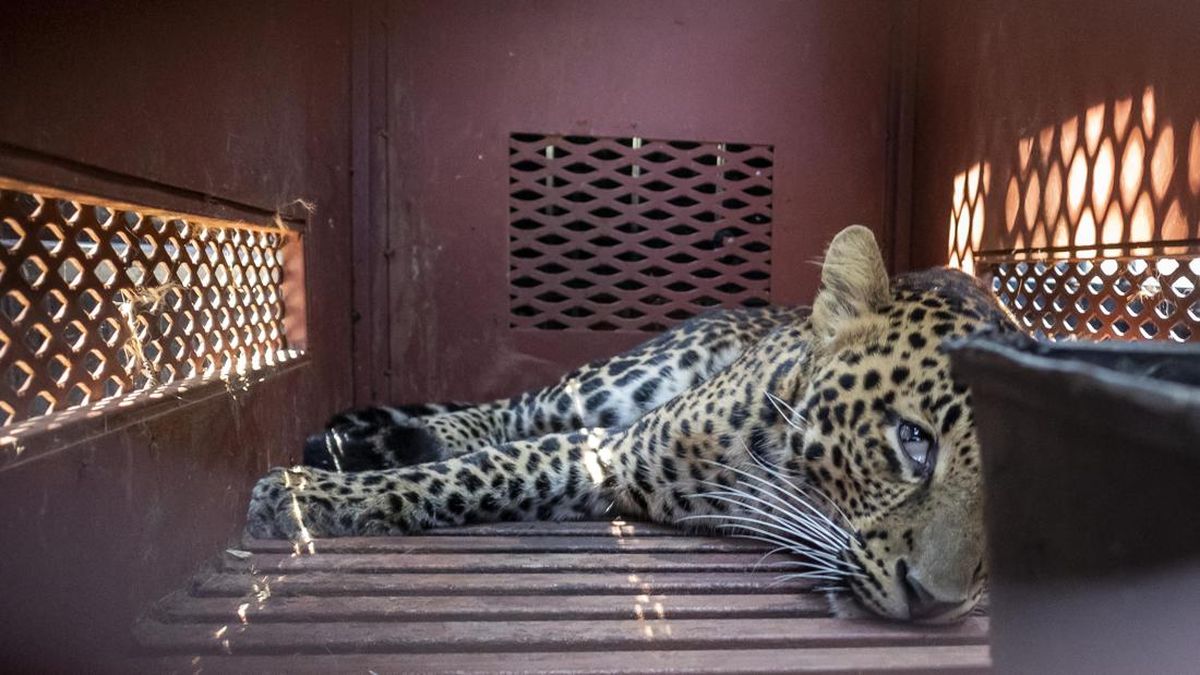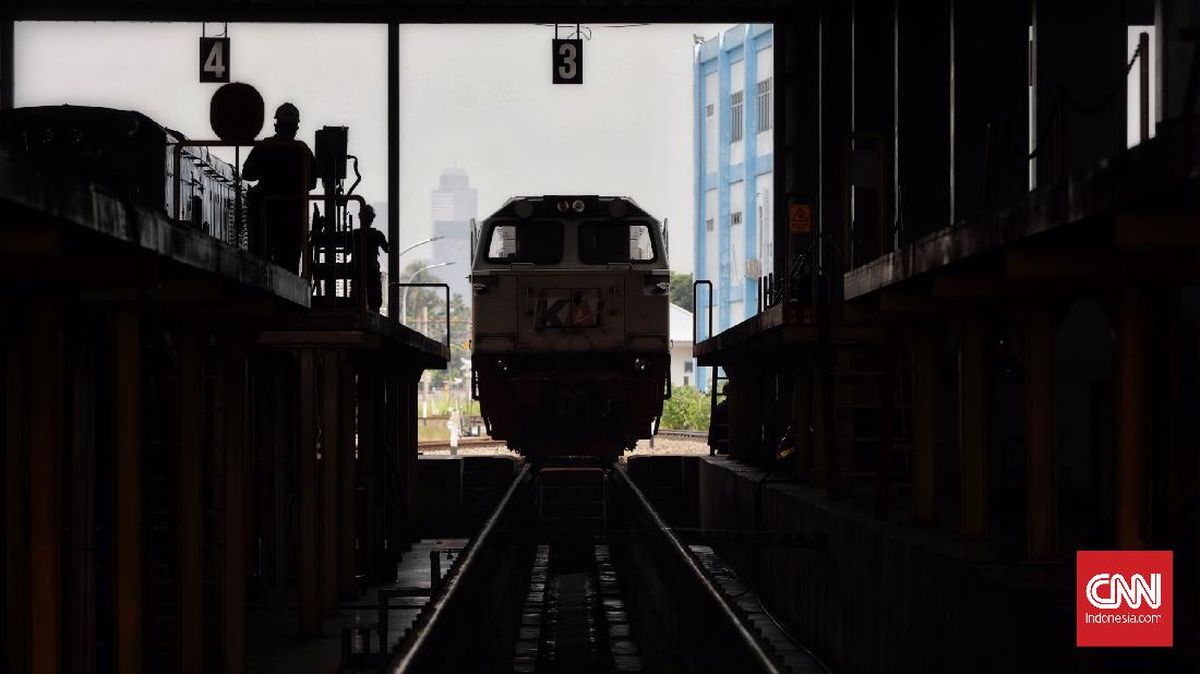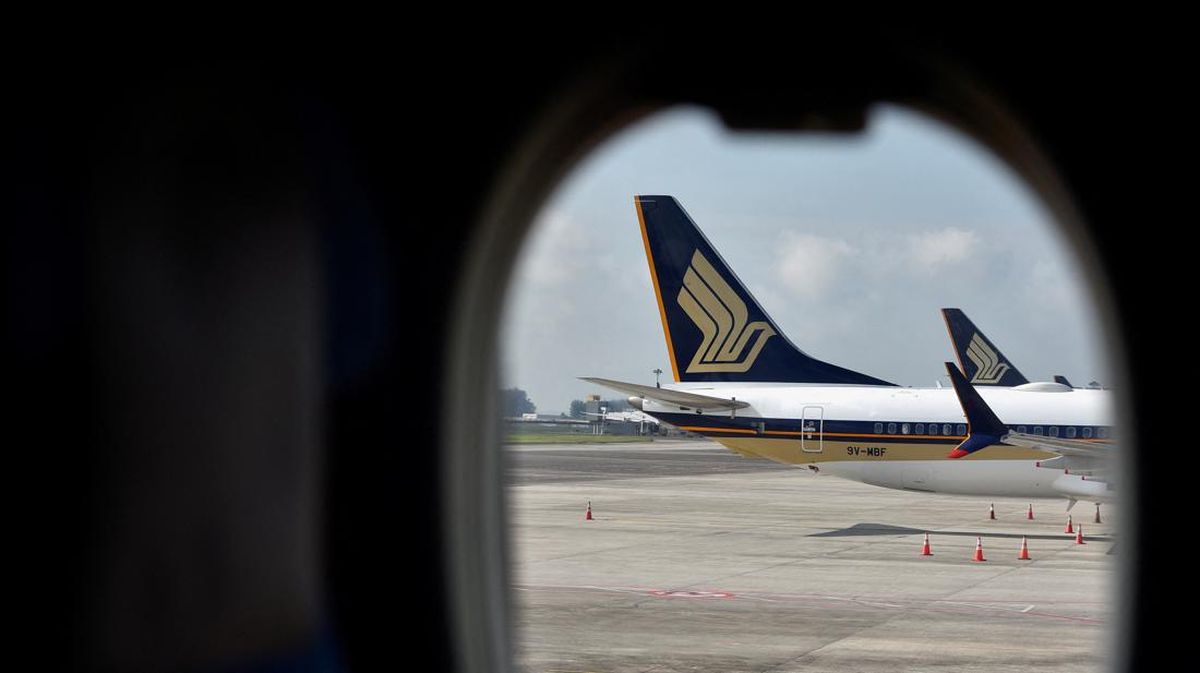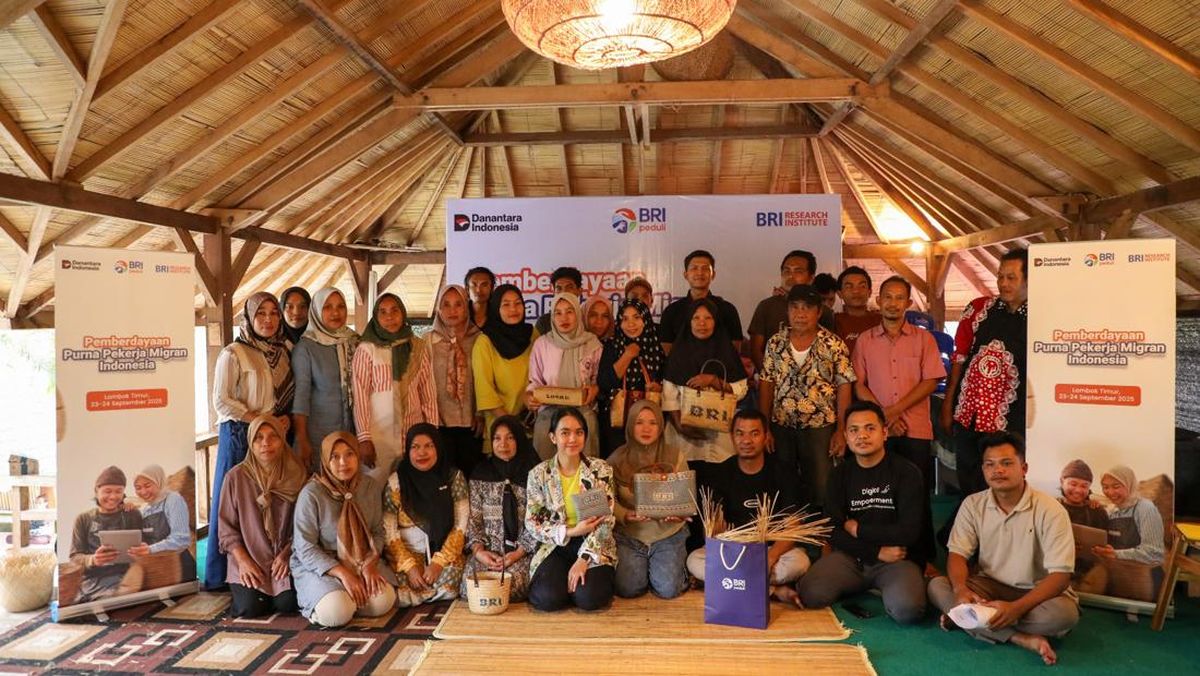Antimony is a critical mineral used in flame retardants, ammunition and emerging grid storage technologies. The West makes up a tiny part of global production with supply alarmingly limited, particularly after China’s export ban of the silvery-grey metal 12 months ago, giving Larvotto strategic importance as governments scramble to shore up supply chains.
When the mine does finally restart, the company says it will be able to supply around seven per cent of global antimony requirements from Hillgrove - increasing western production of antimony by almost 30 per cent at the same time.
Hillgrove hosts a reserve of 606,000 ounces at 6 grams per tonne (g/t) gold equivalent, backed by more than $150 million worth of existing processing infrastructure and is aiming to produce about 40,500 ounces of gold and 4,878 tonnes of antimony each year once the upgrade plant is up and running.
A definitive feasibility study released in May painted a glowing picture for Hillgrove confirming it as a technically strong, high-margin operation with serious financial clout.
The numbers were eye-catching. The study outlined a post-tax net present value (NPV) of $694 million using an 8 discount rate, annual EBITDA of $251 million and free cash flow of $128 million a year over an 8.2-year mine life. Those figures were based on conservative prices of US$2850 (A$4301) per ounce for gold and US$41,000 (A$62,000) per tonne for antimony.
However, when the company updated the model to reflect spot prices of US$3500 (A$5300) for gold and US$60,000 (A$92,000) for antimony as at the date of the study in May, the numbers jumped dramatically. NPV surges to a whopping $1.269 billion, EBITDA climbs to $354 million a year and free cash flow hits $198 million a year.
One of Hillgrove’s biggest advantages is its exceptionally low cost base. The study revealed an almost unheard-of negative all-in sustaining cost of $1367 per gold-equivalent ounce, driven by strong antimony credits that more than cover the cost of gold production. At spot prices this gets even better.
In an industry crowded with marginal operations, Hillgrove is shaping up as the kind of low-cost, high-return project every miner hopes for.
The company it is also keeping one eye on the future, with ongoing exploration programs aimed at growing resources and extending mine life beyond the initial production horizon. Management says this dual strategy ensures Hillgrove will not just be a fast-start producer, but also a long-term supplier of critical minerals to global markets.
With the EPCM contract now inked, crews mobilised, power restored and commissioning on the horizon, Larvotto has ticked a major box on its development timeline. If it can keep the upgrade on schedule, the Hillgrove plant could soon be humming once again – this time as a strategic antimony powerhouse with a golden kicker.
It is hard to believe that only two years ago the Ron Heeks led Larvotto - with a market capitalisation of $441 million - pretty much stole Hillgrove from the Administrators for just $3m plus a refundable $5m environmental bond. Now that’ll make a good tale for the grandkids.
Is your ASX-listed company doing something interesting? Contact: [email protected]


















































